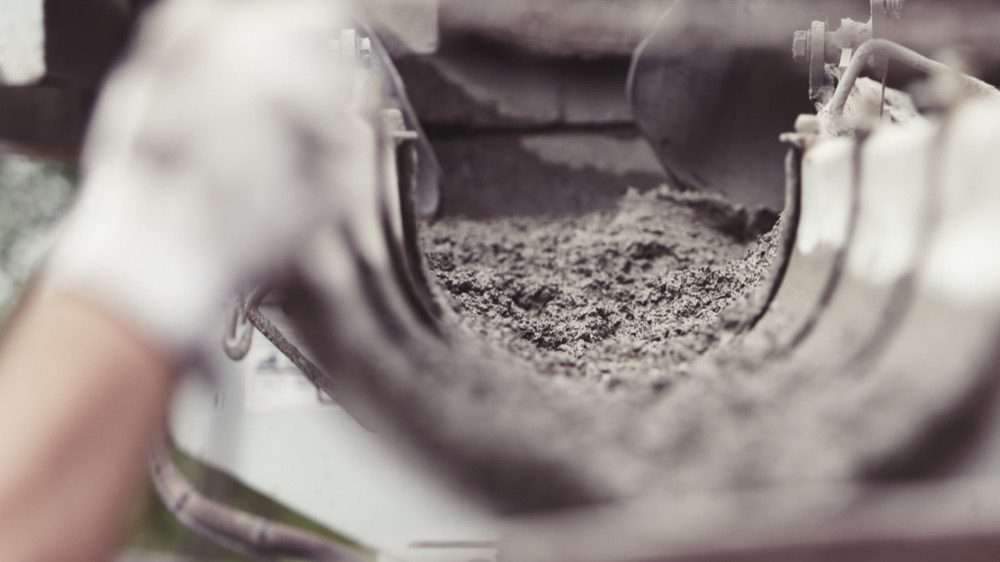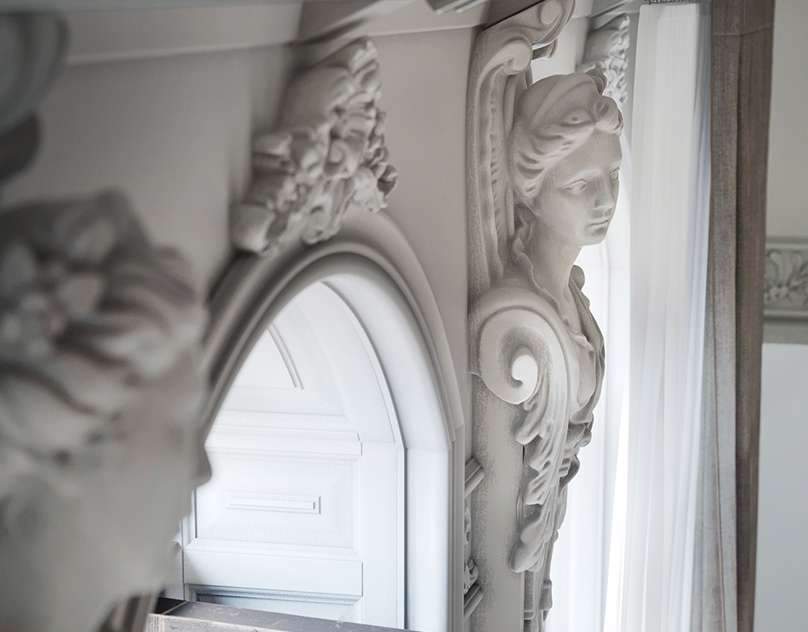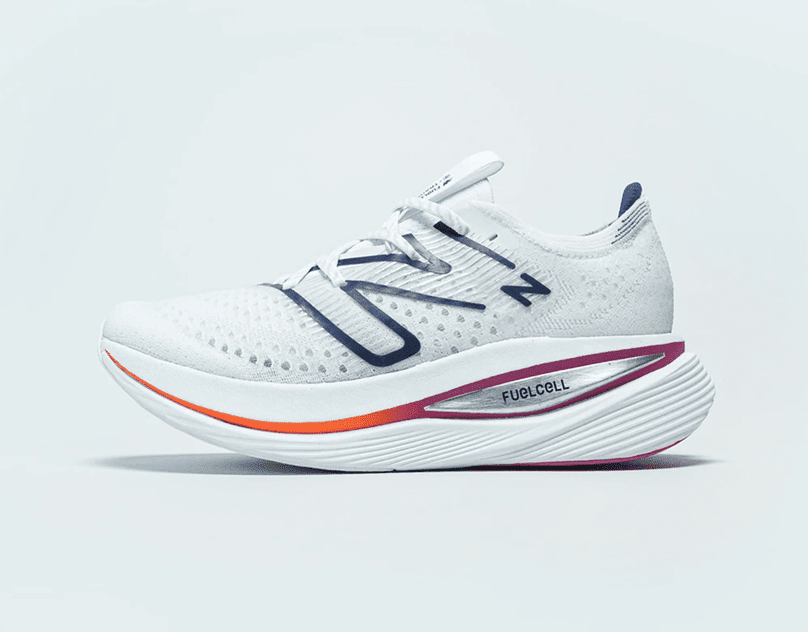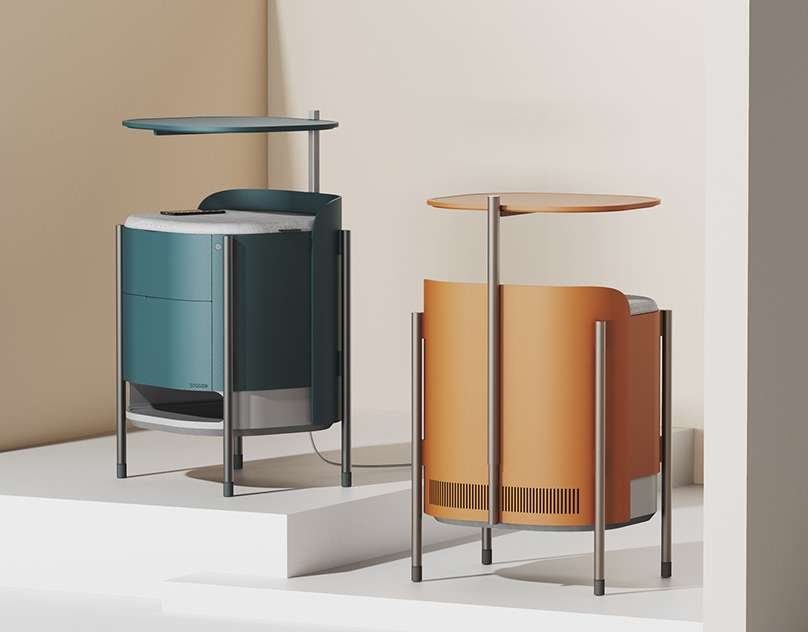What is insulated concrete formwork construction?,
Insulated concrete frames are only now beginning to gain some mainstream appeal, although they have been around since the 1970s.

What is insulated concrete frame construction?
Although it may sound technical, the basic principle is very simple – hollow blocks (also called “forms”) are stacked together on site and then reinforced with steel beams to hold them in place.
Concrete is then poured into the structure, filling the spaces to create your new home.
This process sets ICF apart from traditional practices in the UK, while it has seen significant uptake in North America and Germany (where it originated),
But this country tends to stick to what it knows: stone construction and timber frames.
However, things are changing as many UK home and business owners are starting to recognize the positives of this construction method.

Pros of building an ICF
Negatives

Is ICF right for your project?
If you are considering using ICF to build your project,
the best thing you can do is talk to your architect.
Not only will they be able to offer you personalized advice;
They will also be able to ensure that your design
is in line with ICF dimensions –
This is not necessary but it makes construction much easier.
For more architectural news
Development of software and applications used in architecture







